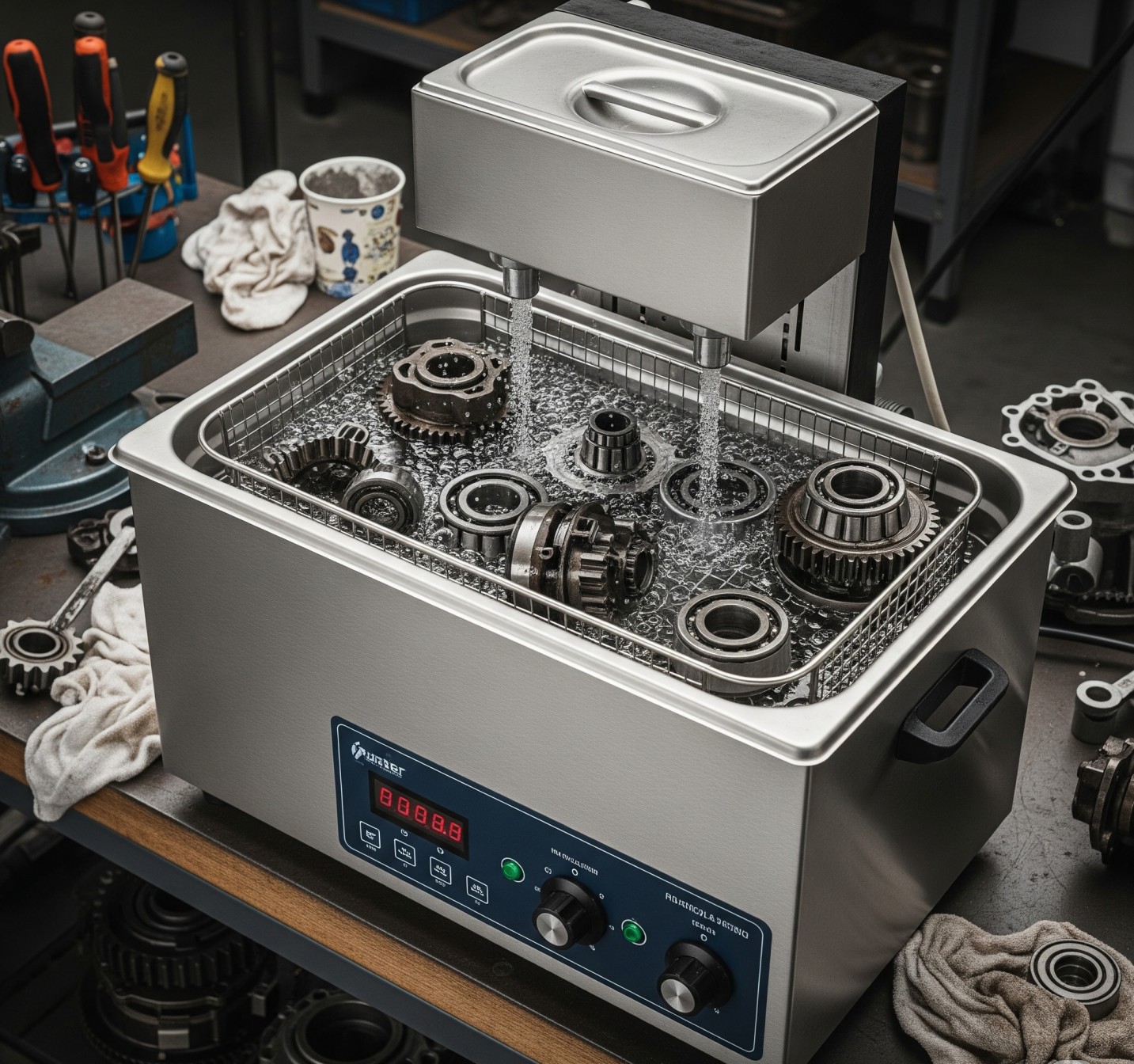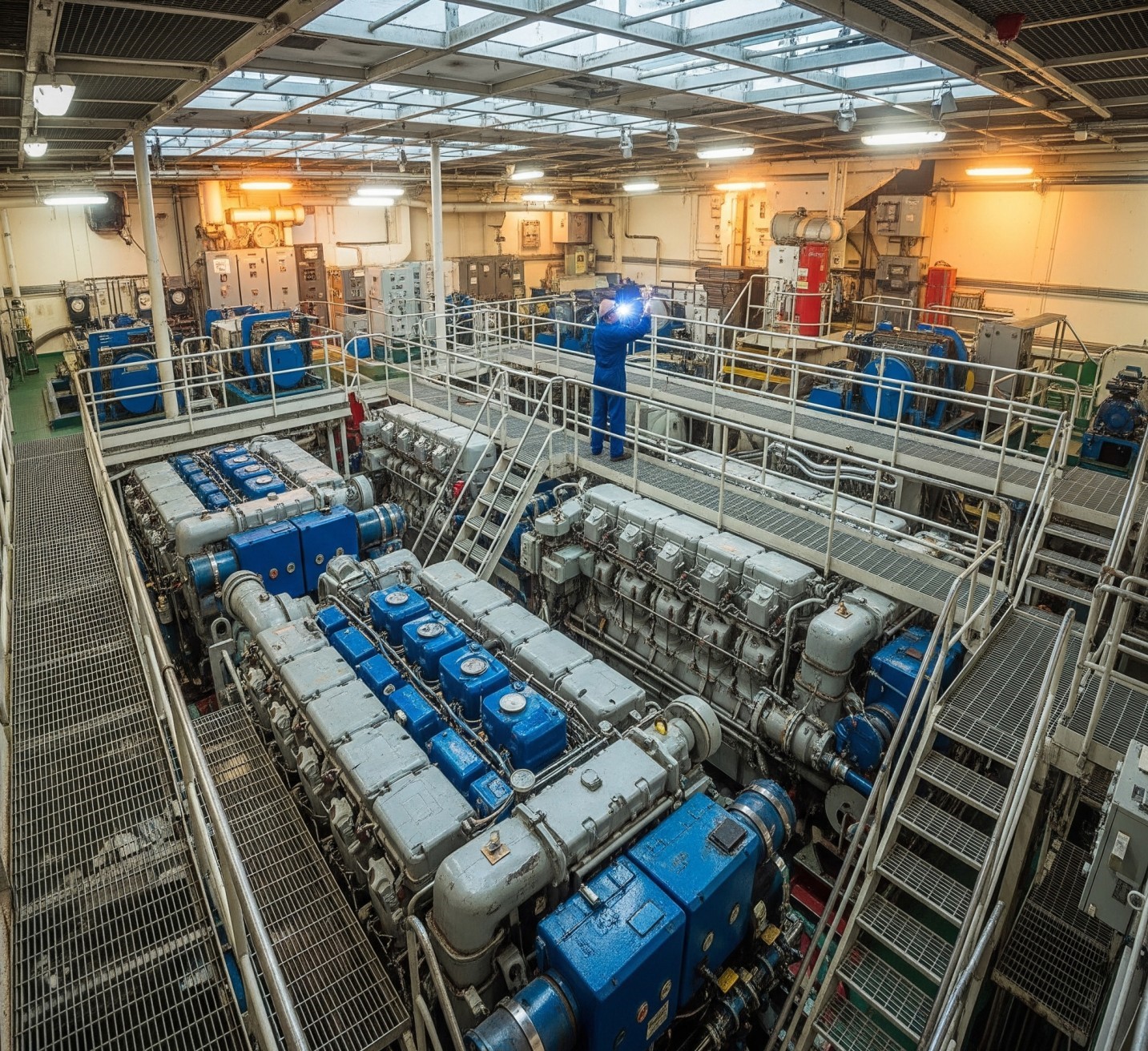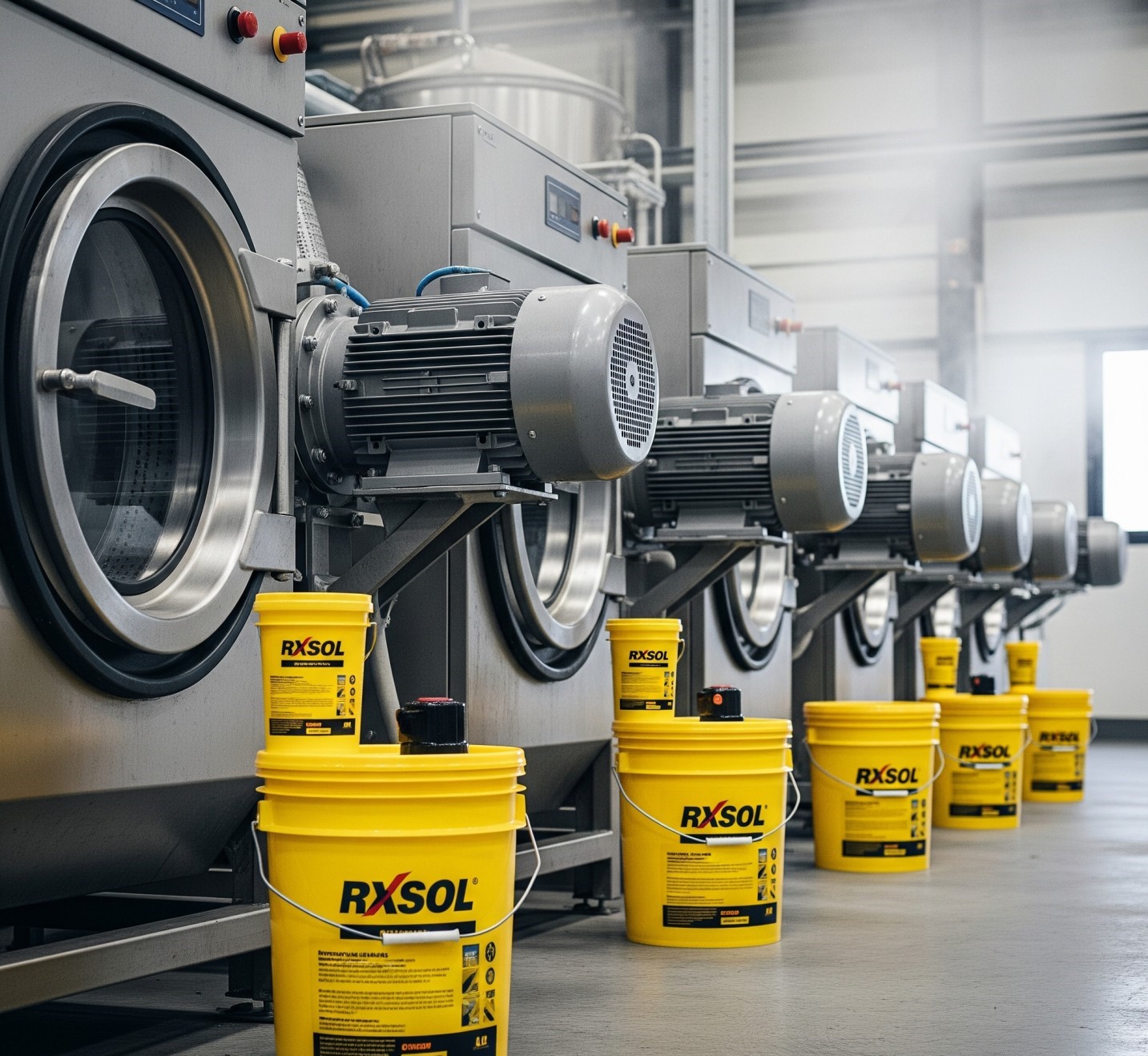Sodium Thiosulfate commonly used in Dechlorination of municipal wastewater, pulp & paper, power, and textile water treatment plants and as an Oxygen scavenger in oil well drilling process in Mining industries. Also chemically suitable for Aluminium cation reaction.
Sodium Thiosulfate used as a Pond / Aquarium Dechlorinator. But Sodium Thiosulfate does not treat for Chloramine, only Chlorine. Chloramine is a chemical compound composed of chlorine and ammonia and more and more utilities are converting to its use. Check with your municipal water company to learn which chemical they are using. If Chloramine is the disinfectant, please research other knowledgeable sources to learn your best solution for water treatment.
Molecular Formula ::: Na2S2O3 - 5H2O
This product also used as a Photography as a fixing agent (hypo) to dissolve unchanged silver salts from exposed negatives.
Keep away from heat as the potential for release of sulfur dioxide fumes exists. Liquid sodium thiosulfate has very low toxicity but routine safety precautions should be practiced. Rubber gloves, safety goggles and protective clothing is recommended.
Sodium Thiosulfate, wt%30 +/- 2%
Sulfite, wt%1.5 max.
pH 7.0 – 9.0
Physical Properties:
Specific Gravity @ 25o C 1.252 – 1.34
Density, lbs/gal @ 25o C 10.4 – 11.2
Analytical chemistry
Sodium thiosulfate is also used in analytical chemistry. It can, when heated with a sample containing aluminum cation, produce a white precipitation:
2 Al3+ + 3 S2O32− + 3 H2O →3 SO2 + 3 S + 2 Al(OH)3
Medical
It is used as an antidote to cyanide poisoning. Thiosulfate acts as a sulfur donor for the conversion of cyanide to thiocyanate (which can then be safely excreted in the urine), catalyzed by the enzyme rhodanase.
It has also been used as treatment of calciphylaxis in hemodialysis patients with end-stage renal disease.[6]
It is used in the management of extravasations during chemotherapy. Sodium thiosulfate prevents alkylation and tissue destruction by providing a substrate for the alkylating agents that have invaded the subcutaneous tissues. The dose may be 2mL of 0.17M (a solution of 4mL 10% sodium thiosulfate and 6mL sterile water for injection). It may be instilled subcutaneously into multiple sites using a small gauge needle. There is limited data on this method with few recommendations.
in foot baths for prophylaxis of ringworm, and as a topical antifungal agent for tinea versicolor.
in measuring the volume of extracellular body fluid and the renal glomerular filtration rate.
Sodium thiosulfate is also used:
As a component in hand warmers and other chemical heating pads that produce heat by exothermic crystallization of a supercooled solution.
SODIUM THIOSULFATE PENTAHYDRATE Supplier Oman Muscat Barka Salalah Sohar Ruwi Mutrah Nizwa Al Hamra Manah
Email:- mail@muscatchemical.com
In bleach
In pH testing of bleach substances. The universal indicator and any other liquid pH indicators are destroyed by bleach, rendering them useless for testing the pH. If one first adds sodium thiosulfate to such solutions, it will neutralize the color-removing effects of bleach and allow one to test the pH of bleach solutions with liquid indicators. The relevant reaction is akin to the iodine reaction: thiosulfate reduces the hypochlorite (active ingredient in bleach) and in so doing becomes oxidized to sulfate. The complete reaction is:
4 NaClO + Na2S2O3 + 2 NaOH →4 NaCl + 2 Na2SO4 + H2O
To dechlorinate tap water for aquariums or treat effluent from waste water treatments prior to release into rivers. The reduction reaction is analogous to the iodine reduction reaction. Treatment of tap water requires between 0.1 grams and 0.3 grams of pentahydrated (crystalline) sodium thiosulfate per 10 liters of water.
To lower chlorine levels in swimming pools and spas following super chlorination.
To remove iodine stains, e.g. after the explosion of nitrogen triiodide.
Similarly, sodium thiosulfate reacts with bromine to render harmless products. Solutions of sodium thiosulfate are commonly used as a precaution in chemistry laboratories when working with bromine.
In bacteriological water assessment.
In the tanning of leather.
To demonstrate the concept of reaction rate in chemistry classes. The thiosulfate ion can decompose into the sulfite ion and a colloidal suspension of sulfur, which is opaque. The equation for this acid-catalysed reaction is as follows:
S2O32−(aq) →SO32−(aq) + S(s)
To demonstrate the concept of supercooling in physics classes. Melted sodium thiosulfate is very easy to overcool to room temperature and when crystallization is forced, the sudden temperature jump to 48.3 °C can be experienced by touch.
As part of patina recipes for copper alloys.
Often used in pharmaceutical preparations as an anionic surfactant to aid in dispersion.
It can also be used as a very interesting solute in supersaturation experiments.




